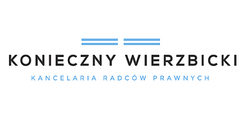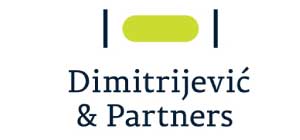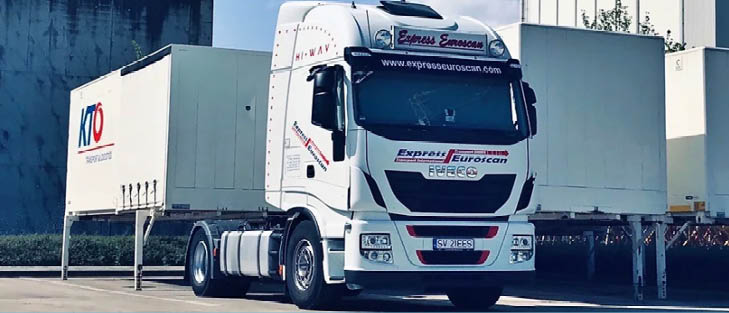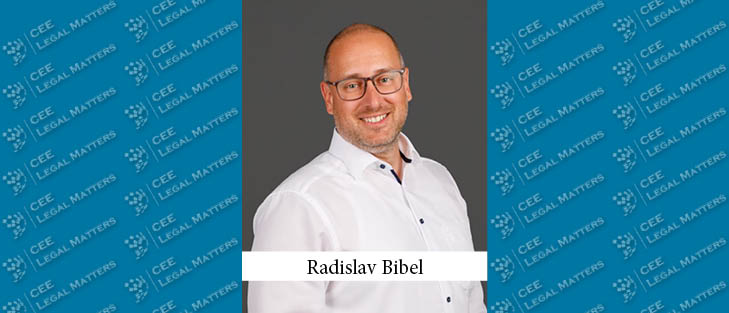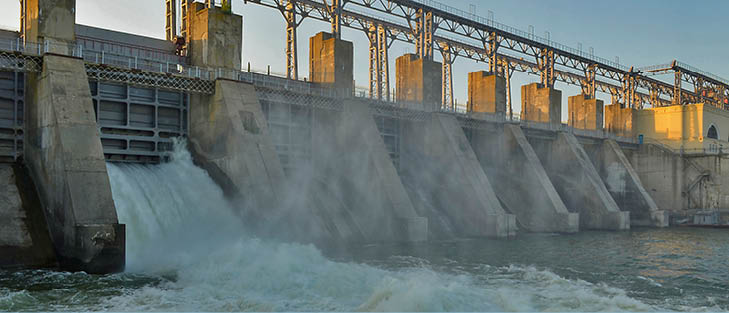Change and unpredictability, among the top keywords that could best describe the past couple of years, did little to affect the overall Romanian M&A market. Publicly available figures show that dealmaking saw a strong rebound in 2021 in terms of deal numbers. The main sectors on investors’ radar were real estate and construction, IT&C, energy (with a growing focus on renewables), manufacturing and industrials, pharmaceuticals, and healthcare.
The previous year brought high hopes for 2022, which started strong, fueled by abundant capital investment and affordable debt. The COVID-19 pandemic was showing signs of abating, which further contributed to the sense of optimism.
And then came the war in Ukraine, bringing unpredictability into the spotlight again. Although ongoing transactions seem to be following their path, for now, the new geopolitical context and its many economic implications will certainly impact M&A activity in Romania, the region, and beyond.
We expect in this new context some markets could attract accelerated M&A activity. Romania’s bustling renewable energy sector, which in the past couple of years has seen a second wave of investments, is one of them. Green energy will continue to attract interest from investors, fueled by both spiking energy prices and the country’s energy self-sufficiency goals. In addition, sectors such as emerging tech-driven technologies, cybersecurity capabilities, cloud services, or data centers are set to dominate dealmaking.
On the other hand, M&A activity in certain segments could be slowing. Investors may regard industries that rely heavily on utilities (mainly production facilities) more cautiously, as they will need to adjust their budgets to the volatility of the markets. Irrespective of the sector, rising inflation and its impact on interest rates cannot be overlooked when forecasting M&A trends.
Moreover, a certain level of cautiousness is to be expected from both strategic and financial investors. Looking at the wider region where we operate, the M&A market continues to be bullish in Central and Eastern Europe. Still, we do feel a certain hesitance on the side of debt providers to fund acquisitions in the region. This may discourage global private equity funds from looking at opportunities in CEE, which would change the dynamics of ongoing and upcoming sales processes.
Another gamechanger is the FDI screening legislation that has come into effect in many EU countries. Against the background of disallowed transactions in a number of EU countries, non-EU-based contenders may be reluctant to participate in M&A processes involving an EU jurisdiction in the relevant industries. For sellers, this means that to ensure deal security, a careful selection of bidders ahead of any M&A process is not required only from a merger control perspective but also from an FDI screening one.
Not least, the current turmoil is also expected to accelerate talks on ESG and its increasing roles in dealmaking, as the business community was called to actively exercise its responsibilities in these areas.
As change continues to be the word of the day, it remains to be seen how much the lessons learned and resilience built over the past couple of years still apply. And, more importantly, if and how they could be used now to prop investment decisions going forward.
By Markus Piuk, Madalina Neagu, and Monica Cojocaru, Partners, Schoenherr
This Article was originally published in Issue 9.4 of the CEE Legal Matters Magazine. If you would like to receive a hard copy of the magazine, you can subscribe here.


